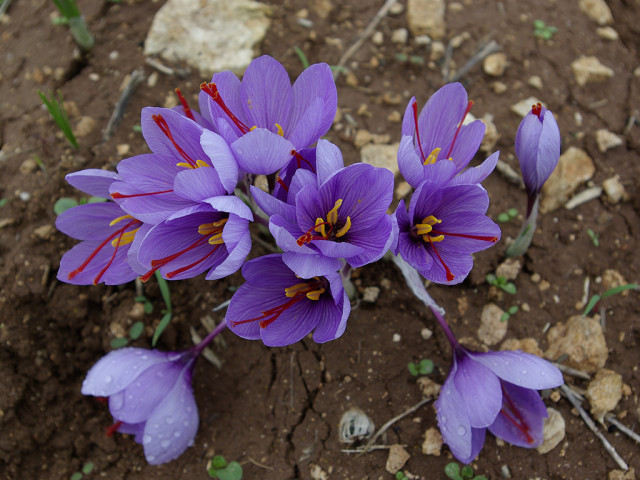
Saffron is a spice derived from the flower of the saffron crocus (Crocus sativus), a species of crocus in the family Iridaceae. The flower has three stigmas, which are the distal ends of the plant’s carpels. Together with its style, the stalk connecting the stigmas to the rest of the plant, these components are often dried and used in cooking as a seasoning and coloring agent. Saffron, which has for decades been the world’s most expensive spice by weight, is native to Southwest Asia. It was first cultivated in the vicinity of Greece. The tedious and elaborate process to produce and grow saffron makes it the most expensive spice on earth right now, and one of the most expensive food items. It requires 160,000 flowers to produce a kilogram of saffron. Saffron flower has three yellow and three orange buds. The orange is the most flavorful and has the highest amount of chromatic substances and pure orange saffron can easily reach to $3,000 per lb. Powder saffron is cheaper but that ‘s because the saffron is mixed with turmeric that reduces the price and unfortunately the taste and color ability.
Saffron is characterized by a bitter taste and an iodoform- or hay-like fragrance; these are caused by the chemicals picrocrocin and safranal. It also contains a carotenoid dye, crocin, that gives food a rich golden-yellow hue. These traits make saffron a much-sought ingredient in many foods worldwide. Saffron also has medicinal applications due to the high content of carotin.

Personally, the most fascinating thing I found about the crocus is no other but the myth that explains the name and the color. Apollo on of the major 12 Greek Gods had a dear mortal friend Crocus. A very handsome and young friend that he loved very much. They would spend days together playing the discus (something like the frisbee, but with a metal disk instead of the plastic). One day while in the forest Artemis, the virgin goddess and her companion, a group of 12 virgins happened to pass close from where Apollo and Crocus where playing. Among the girls was Smilax, the prettiest girl of all. Crocus and Smilax looked in the eye and the sparkle of love just shined! They keep on looking each other, while passing each other. Smilax had to hide her feelings and preserve the virginity oath to Artemis and Crocus realized and so never complained. He went slowly back to the game with Apollo, but his mind still in the sight of Smilax failed to concentrate. So when Apollo throw the disk Crocus failed to catch it and hit him on the face, killing him almost instantly. Apollo wished that something will remind him of his friend. And at the spot three drops of Crocus blood dripped the Crocus flower rooted. And the deep red color is his blood. When added in the water it resembles the blood of the Crocus.
The history of saffron cultivation reaches back more than 3,000 years. The wild precursor of domesticated saffron crocus was Crocus cartwrightianus. Human cultivators bred wild specimens by selecting for unusually long stigmas. Thus, a sterile mutant form of C. cartwrightianus, C. sativus, emerged in late Bronze Age Crete. Experts believe saffron was first documented in a 7th century BC Assyrian botanical reference compiled under Ashurbanipal. Since then, documentation of saffron’s use over the span of 4,000 years in the treatment of some 90 illnesses has been uncovered. Saffron has been used as a spice and medicine in the Mediterranean region since then, with usage and cultivation slowly spreading to other parts of Eurasia as well as North Africa and North America. In the last several decades, saffron cultivation has spread to Oceania.
Minoans portrayed saffron in their palace frescoes by 1500–1600 BC, showing saffron’s use as a therapeutic drug. Later, Greek legends told of sea voyages to Cilicia. There, adventurers hoped to procure what they believed was the world’s most valuable saffron. Another legend tells of Crocus and Smilax, whereby Crocus is bewitched and transformed into the original saffron crocus. Ancient Mediterranean peoples—including perfumers in Egypt, physicians in Gaza, townspeople in Rhodes, and the Greek hetaerae courtesans—used saffron in their perfumes, ointments, potpourris, mascaras, divine offerings, and medical treatments. In late Hellenistic Egypt, Cleopatra used saffron in her baths so that lovemaking would be more pleasurable. Egyptian healers used saffron as a treatment for all varieties of gastrointestinal ailments. Saffron was also used as a fabric dye in such Levant cities as Sidon and Tyre. Aulus Cornelius Celsus prescribes saffron in medicines for wounds, cough, colic, and scabies, and in the mithridatium. Such was the Romans’ love of saffron that Roman colonists took their saffron with them when they settled in southern Gaul, where it was extensively cultivated until Rome’s fall. Competing theories state that saffron only returned to France with 8th century AD Moors or with the Avignon papacy in the 14th century AD.


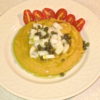
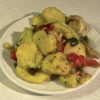

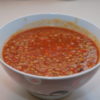
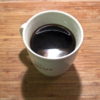
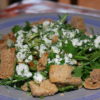
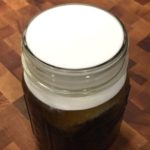


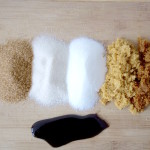
Leave a Reply